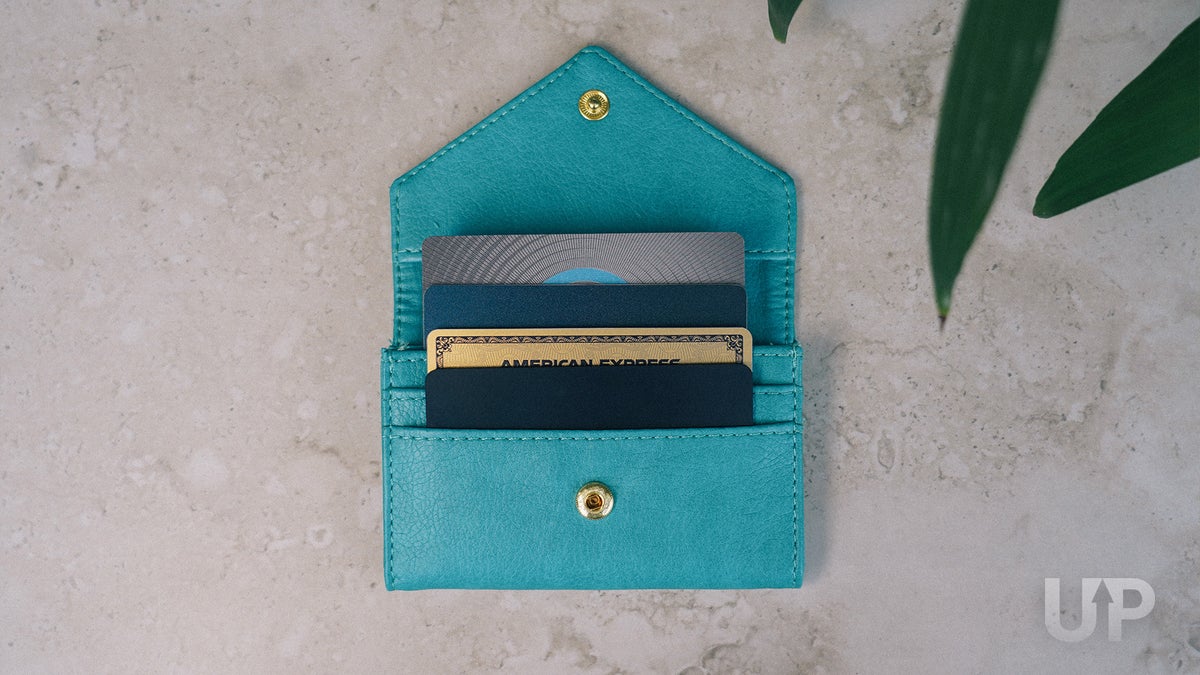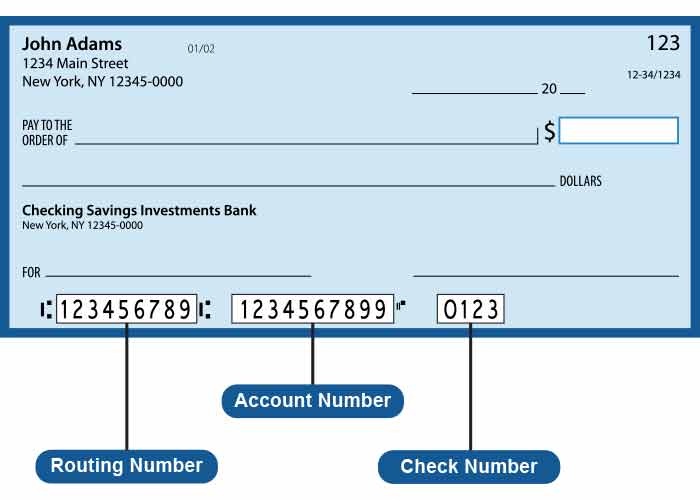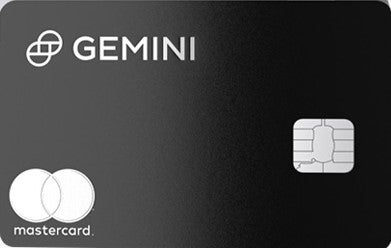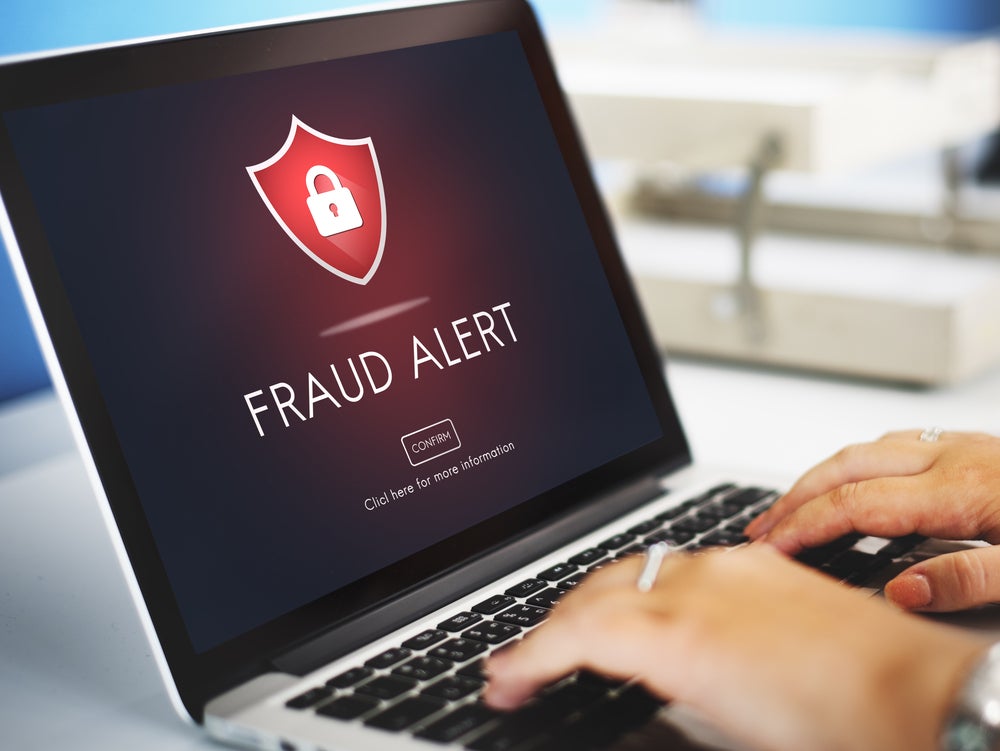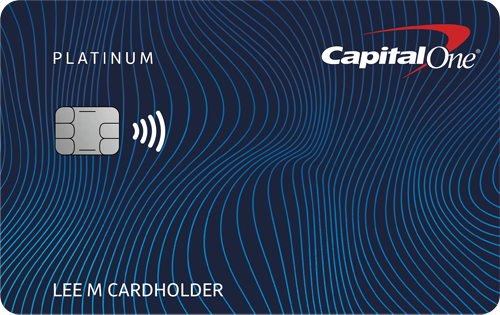Jessica Merritt
Editor & Content Contributor
82 Published Articles 472 Edited Articles
Countries Visited: 4U.S. States Visited: 23
A long-time points and miles student, Jessica is the former Personal Finance Managing Editor at U.S. News and World Report and is passionate about helping consumers fund their travels for as little ca...
Edited by: Chris Dong
Chris Dong
Editor & Content Contributor
89 Published Articles 62 Edited Articles
Countries Visited: 54U.S. States Visited: 36
Chris is a freelance writer and editor with a focus on timely travel trends, points and miles, hot new hotels, and all things that go (he’s a proud aviation geek and transit nerd). Formerly full time ...
& Juan Ruiz
Juan Ruiz
Senior Editor & Content Contributor
88 Published Articles 652 Edited Articles
Countries Visited: 41U.S. States Visited: 28
Juan has extensive experience in writing and editing content related to credit cards, loyalty programs, and travel. He has been honing his expertise in this field for over a decade. His work has been ...
